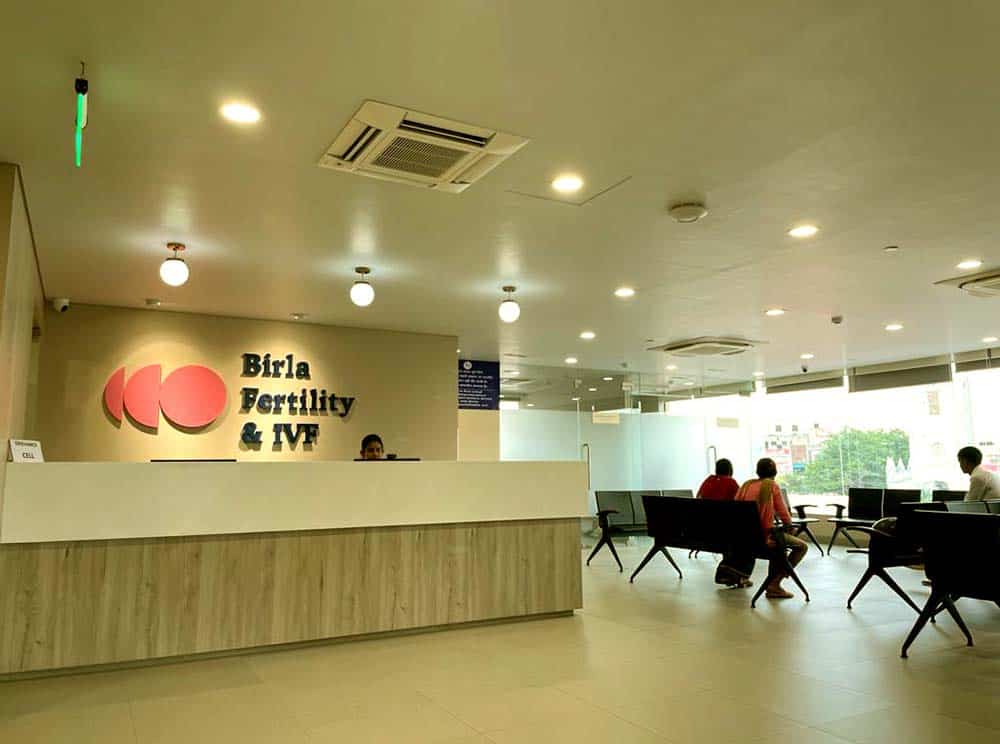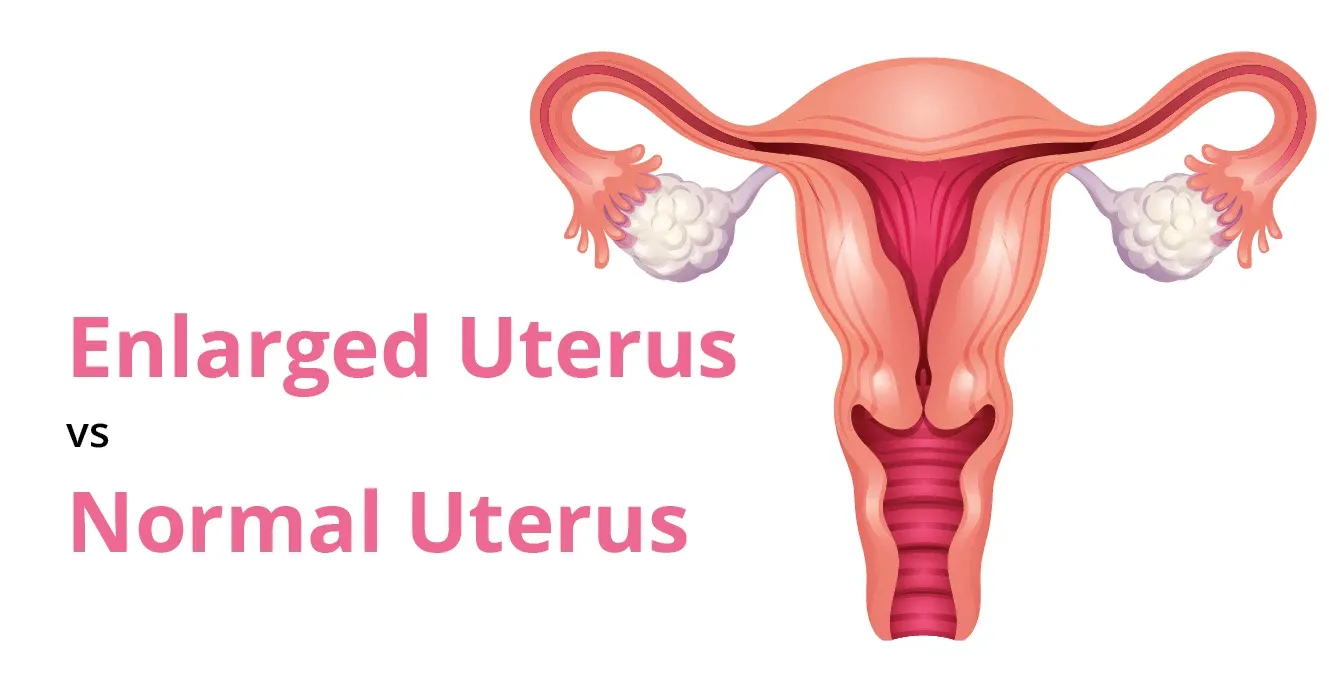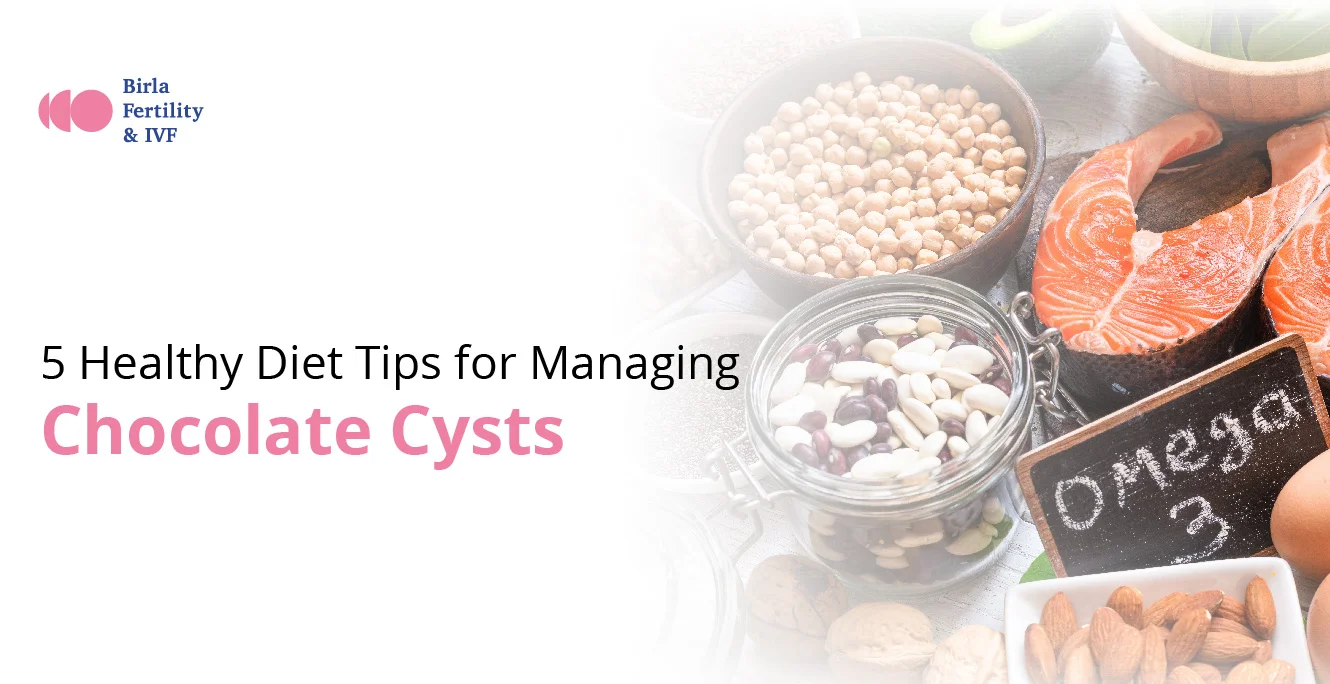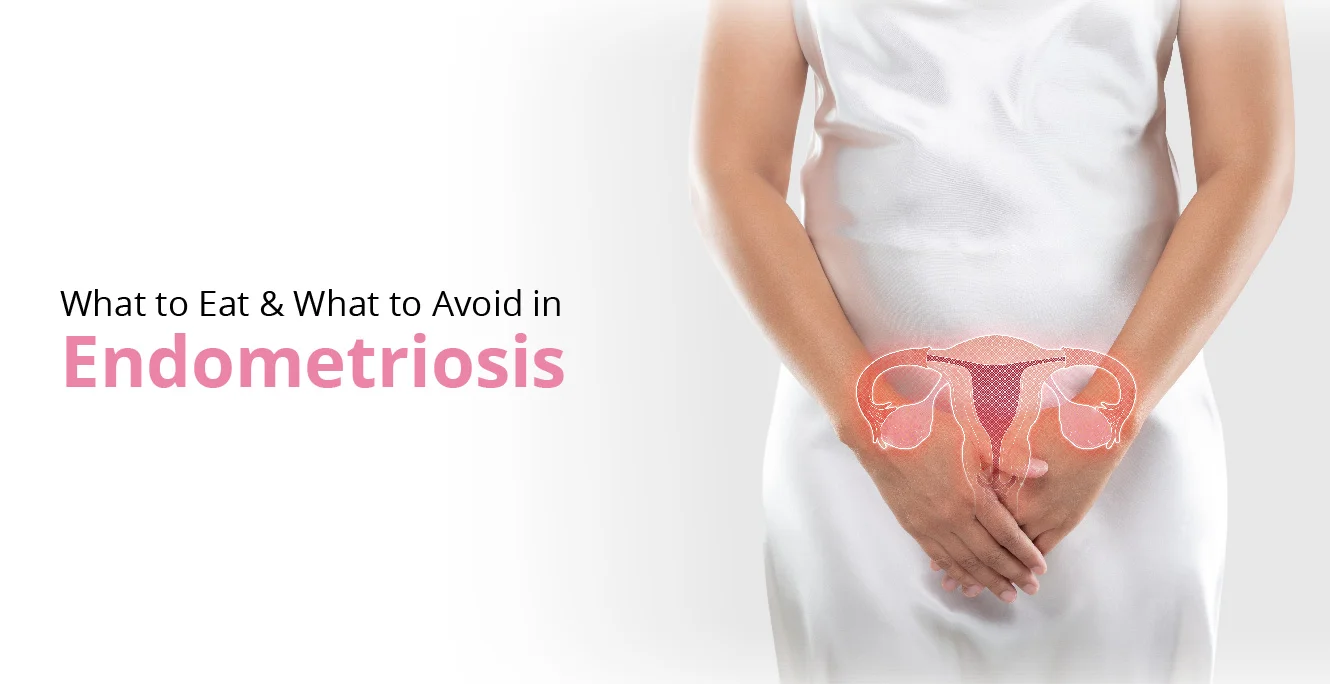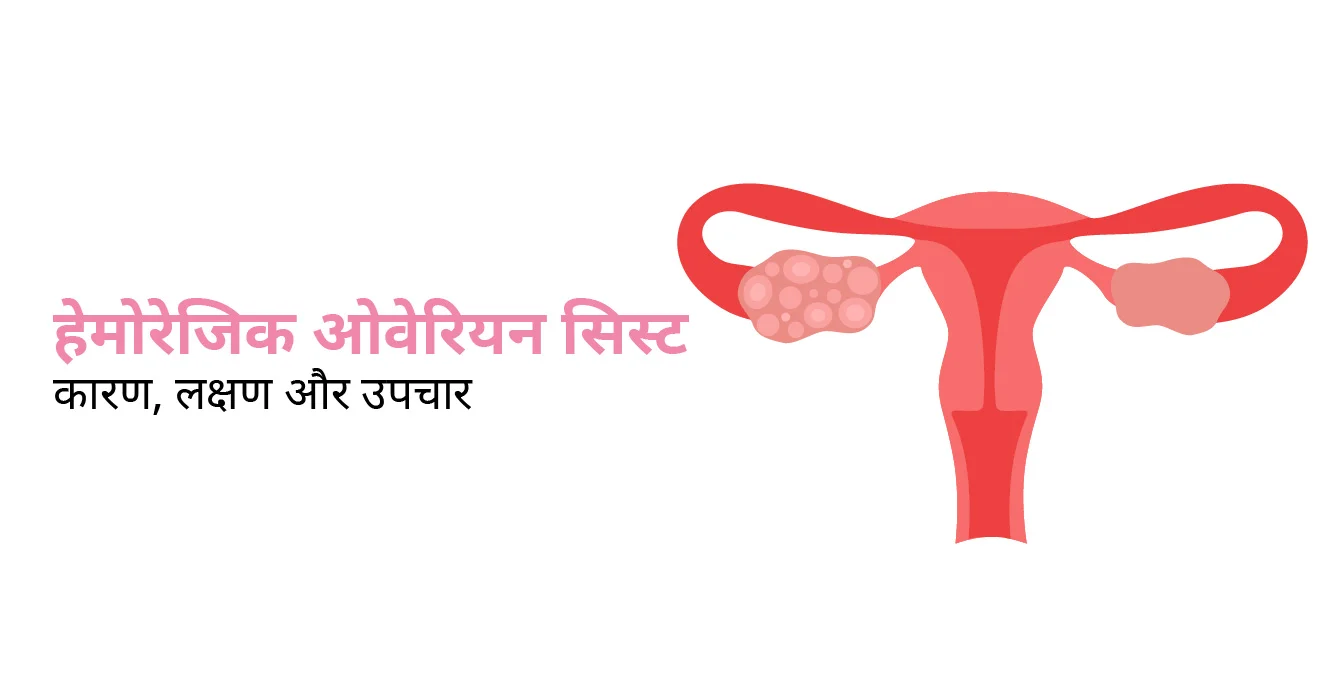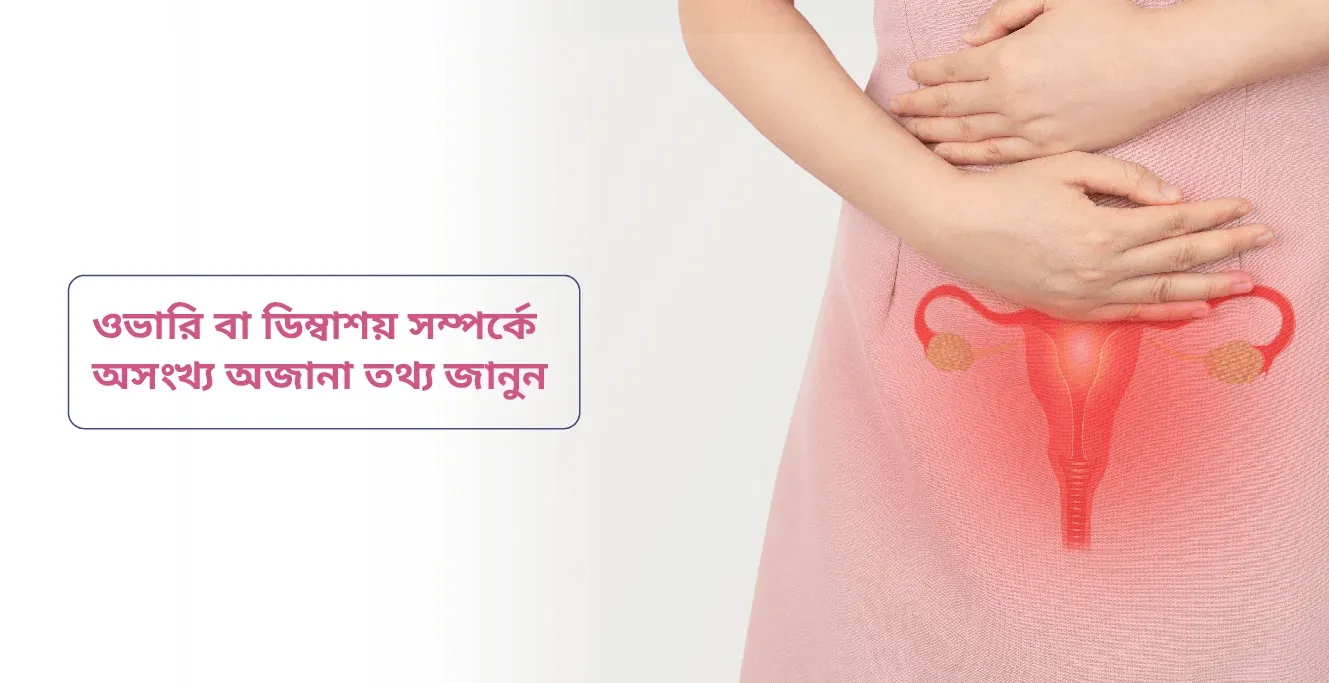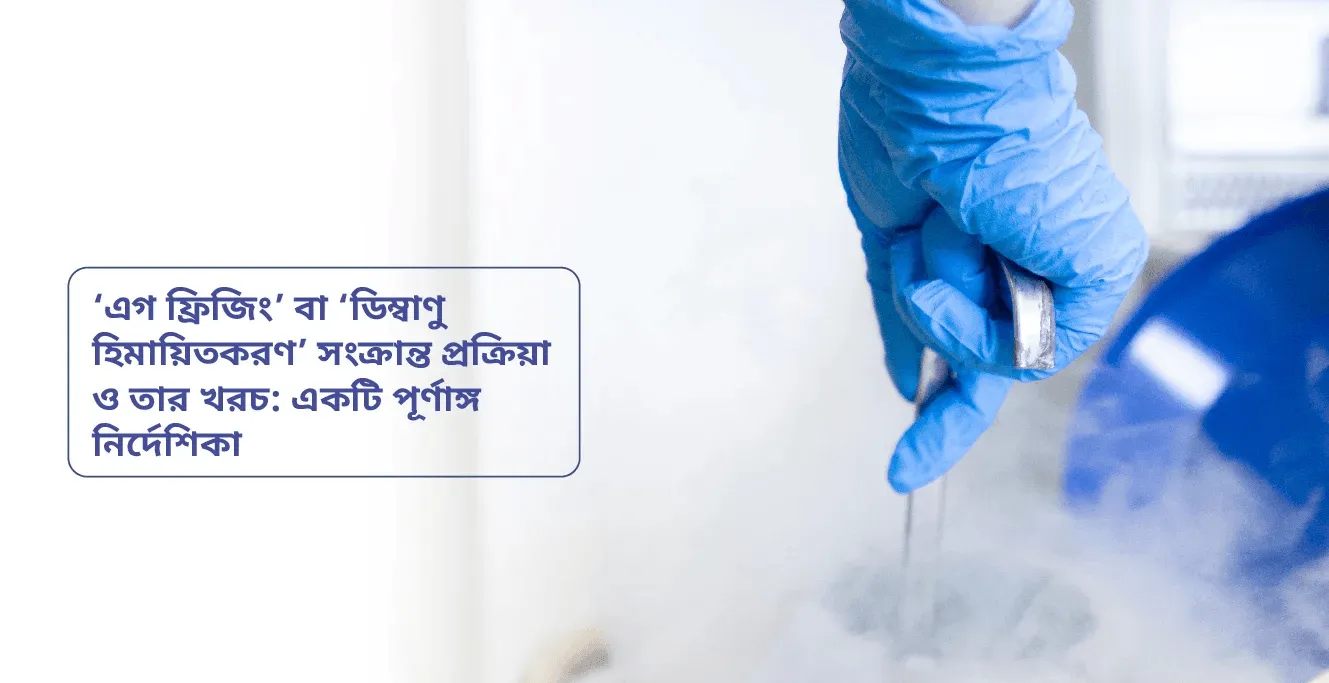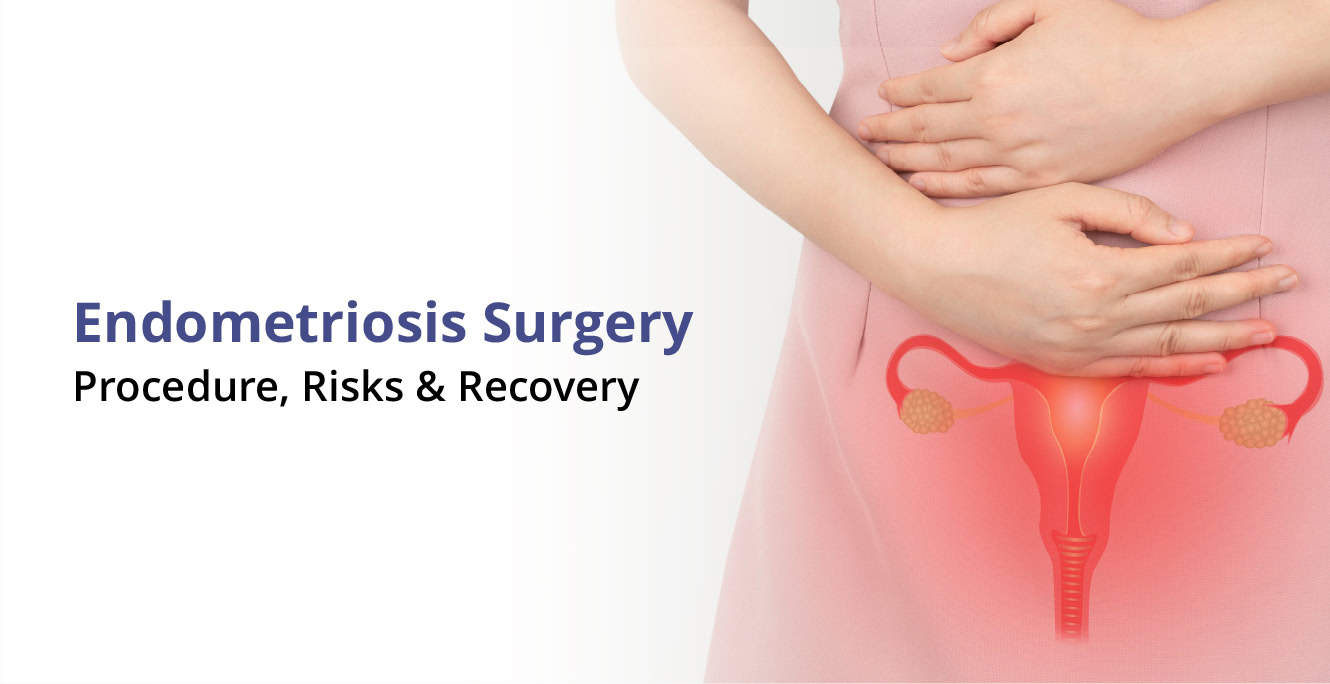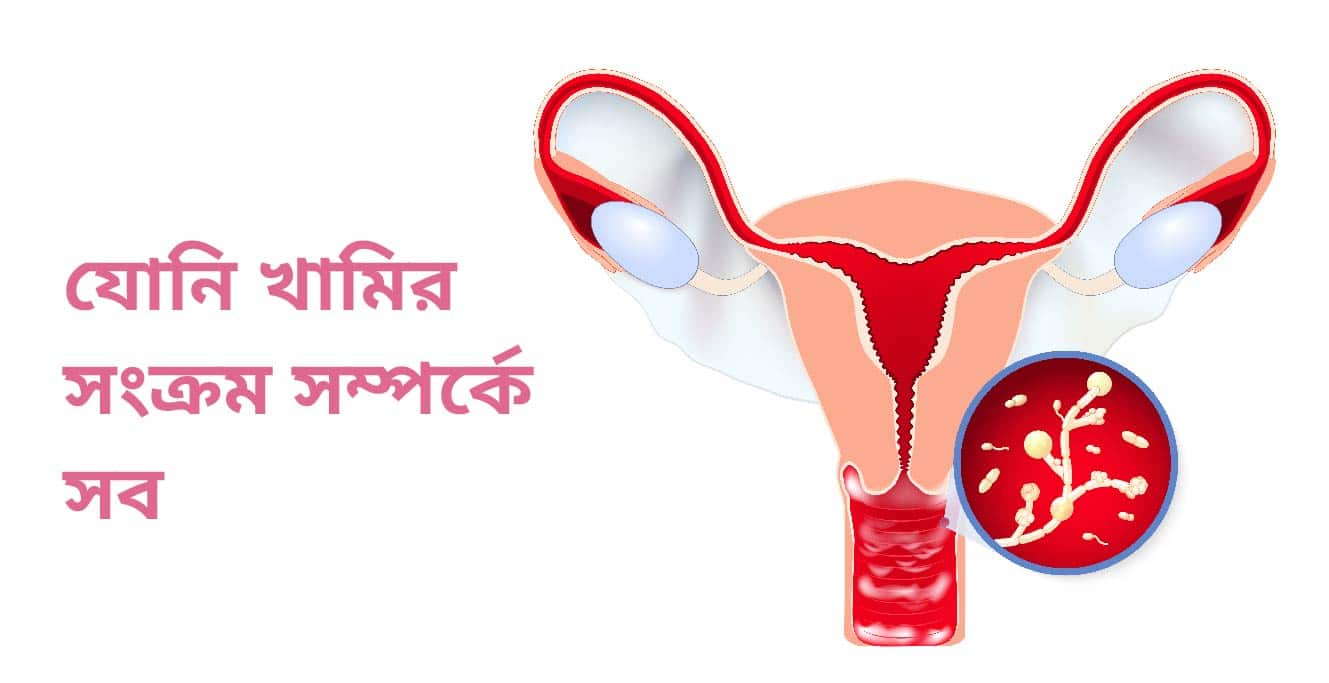Ovarian Cysts Treatment in Noida
Book Your Appointment
This is the first step in your treatment process, which begins with a detailed consultation with our ovarian cyst specialist in Noida. Your doctor will ask you some questions about your symptoms, menstrual history, and any previous diagnoses. This helps us understand your overall reproductive health and any potential risk factors for ovarian cysts.
Awards & Recognitions
Types of Ovarian Cysts
There are different kinds of ovarian cysts with different risk levels.
- Functional Cysts
These are the most common cysts, linked to the menstrual cycle. They include follicular cysts (which develop when the follicle doesn’t release an egg) and corpus luteum cysts (formed after ovulation). Usually, these cysts are harmless and disappear without treatment within a few menstrual cycles.
- Dermoid Cysts (Mature Cystic Teratomas)
These cysts contain tissues like hair, skin, etc., because they arise from germ cells. Though generally benign, dermoid cysts often require surgical removal as they can grow or cause complications.
- Endometriomas (Chocolate Cysts)
These cysts develop in women with endometriosis in which uterine tissue grows outside the uterus. Endometriomas can cause chronic pelvic pain and may affect fertility.
- Cystadenomas
Formed from ovarian tissue, these cysts can be filled with fluid (serous cystadenomas) or mucus (mucinous cystadenomas) and can become quite large. Removal is often recommended to prevent complications.
- Polycystic Ovaries (PCOS)
Polycystic ovaries have multiple small cysts resulting from a hormonal imbalance. PCOS is a broader syndrome affecting menstrual cycles, ovulation, and metabolism, requiring specialised management beyond cyst removal.
Symptoms of Ovarian Cysts
Some ovarian cysts may show no symptoms, but others can produce some noticeable symptoms, which should not be overlooked.
- Pelvic Pain or Discomfort
A dull or sharp ache in the lower abdomen or pelvis usually on the side of the cyst. Pain may elevate during menstruation or sexual intercourse.
- Abdominal Bloating or Swelling
An enlarged cyst can cause a feeling of fullness or pressure in the abdomen.
- Changes in Menstrual Cycle
Irregular periods, spotting between cycles, or heavier menstrual bleeding may indicate cyst activity.
- Painful Urination or Bowel Movements
If the cyst presses on the bladder or bowel, discomfort during urination or defecation can occur.
- Sudden Severe Pain
This may signal cyst rupture or ovarian torsion (twisting), which is a medical emergency requiring immediate care.
Causes of Ovarian Cysts
The following are some of the known factors that can trigger the growth of ovarian cysts.
Fluctuations in hormones controlling ovulation are the most common cause of functional cysts.
- Endometriosis
In this condition, tissue similar to uterine lining grows on the ovaries, forming cysts known as endometriomas.
- Pelvic Infections
Infections can reach the ovaries and fallopian tubes, sometimes leading to abscess formation that needs infection treatment.
- Pregnancy
During early pregnancy, cysts may develop as part of the normal process, usually resolving on their own.
- Previous Ovarian Cysts
A history of cysts increases the risk of recurrence.
- Other Factors
Genetic predisposition, lifestyle, and medical conditions like PCOS, contribute to cyst formation.
Identifying the cause helps our doctors at Birla Fertility & IVF, Noida, customise your treatment effectively.
Diagnosis of Ovarian Cysts
Accurate diagnosis is the foundation for effective treatment. At Birla Fertility & IVF, Noida, we combine different diagnostic tools (if required) to accurately identify your problem.
- Pelvic Ultrasound
The most common and effective imaging technique, ultrasound, helps visualise cyst size, shape, and structure.
- Blood Tests
These include hormonal assays (like LH, FSH, estrogen) to assess ovulation and reproductive health, and tumour markers such as CA-125 to rule out malignancy if needed.
- MRI or CT Scan
Used selectively for complex or ambiguous cases where ultrasound results are inconclusive or when more detailed imaging is necessary.
- Additional Tests
Laparoscopy may be advised for direct visualisation and diagnosis in certain cases.
Treatment Options for Ovarian Cysts
Accurate diagnosis is the foundation for effective treatment. At Birla Fertility & IVF, Noida, we combine different diagnostic tools (if required) to accurately identify your problem.
- Pelvic Ultrasound
The most common and effective imaging technique, ultrasound, helps visualise cyst size, shape, and structure.
- Blood Tests
These include hormonal assays (like LH, FSH, estrogen) to assess ovulation and reproductive health, and tumour markers such as CA-125 to rule out malignancy if needed.
- MRI or CT Scan
Used selectively for complex or ambiguous cases where ultrasound results are inconclusive or when more detailed imaging is necessary.
- Additional Tests
Laparoscopy may be advised for direct visualisation and diagnosis in certain cases.
Why Choose Birla Fertility & IVF for Ovarian Cysts Treatment in Noida?
- Comprehensive Care
We offer a comprehensive treatment plan that is curated keeping in consideration your overall well-being.
- Expert-led Treatment
We have some of the best fertility specialists and gynaecologists in our team to help you the best treatment solution.
- Transparent Pricing
We offer 100% transparent pricing with no hidden charges, so that you have the clarity on cost, right from the beginning.
Related Blogs
Ovarian Cysts Treatments in Other Cities
- Ovarian Cysts Treatment in Jalandhar
- Ovarian Cysts Treatment in Perinthalmanna
- Ovarian Cysts Treatment in Thrissur
- Ovarian Cysts Treatment in Palakkad
- Ovarian Cysts Treatment in Kannur
- Ovarian Cysts Treatment in Kozhikode
- Ovarian Cysts Treatment in Ranchi
- Ovarian Cysts Treatment in Patna
- Ovarian Cysts Treatment in Varanasi
- Ovarian Cysts Treatment in Gorakhpur
- Ovarian Cysts Treatment in Meerut
- Ovarian Cysts Treatment in Prayagraj
- Ovarian Cysts Treatment in Kolar
- Ovarian Cysts Treatment in Salem
- Ovarian Cysts Treatment in Vijayapura
- Ovarian Cysts Treatment in Nagpur
- Ovarian Cysts Treatment in Raipur
- Ovarian Cysts Treatment in Rewari
- Ovarian Cysts Treatment in Jaipur
- Ovarian Cysts Treatment in Guwahati
- Ovarian Cysts Treatment in Siliguri
- Ovarian Cysts Treatment in Howrah
- Ovarian Cysts Treatment in Indore
- Ovarian Cysts Treatment in Bhopal
- Ovarian Cysts Treatment in Bhubaneswar
- Ovarian Cysts Treatment in Cuttack
- Ovarian Cysts Treatment in Surat
- Ovarian Cysts Treatment in Ahmedabad
- Ovarian Cysts Treatment in Mangalore
- Ovarian Cysts Treatment in Chandigarh
- Ovarian Cysts Treatment in Hyderabad
- Ovarian Cysts Treatment in Lucknow
- Ovarian Cysts Treatment in Bangalore
- Ovarian Cysts Treatment in Chennai
- Ovarian Cysts Treatment in Mumbai
- Ovarian Cysts Treatment in Kolkata
- Ovarian Cysts Treatment in Noida
- Ovarian Cysts Treatment in Gurgaon
- Ovarian Cysts Treatment in Delhi
Other Treatments in Noida
- Chocolate Cysts Treatment in Noida
- Premature Ejaculation Treatment in Noida
- Surrogacy Treatment in Noida
- STD Treatment in Noida
- Irregular Periods Treatment in Noida
- Cervical Cancer Treatment in Noida
- Varicocele Treatment in Noida
- Azoospermia Treatment in Noida
- Erectile Dysfunction Treatment in Noida
- Hormonal Imbalance Treatment in Noida
- Ovarian Cysts Treatment in Noida
- Endometriosis Treatment in Noida
- Uterine Fibroids Treatment in Noida
- PCOS Treatment in Noida
- Male Infertility Treatment in Noida
- Egg Freezing in Noida
- IUI Treatment in Noida
- ICSI Treatment in Noida
- IVF Treatment in Noida

 Our Centers
Our Centers


